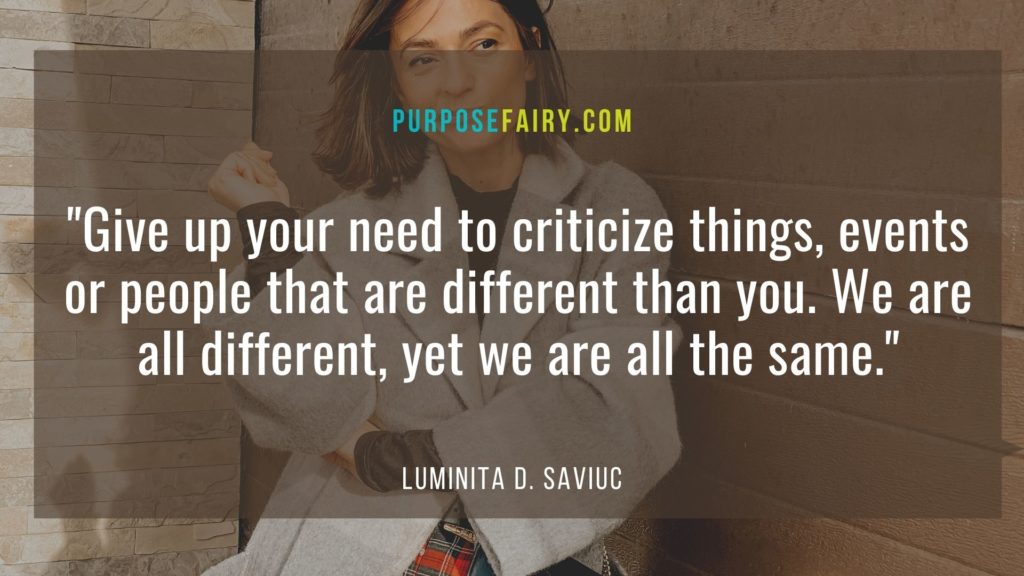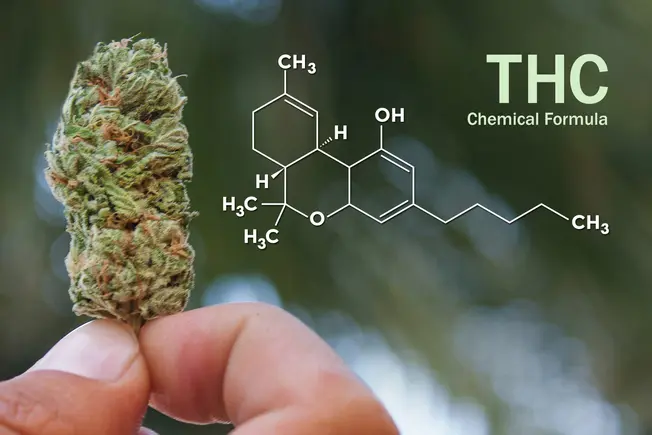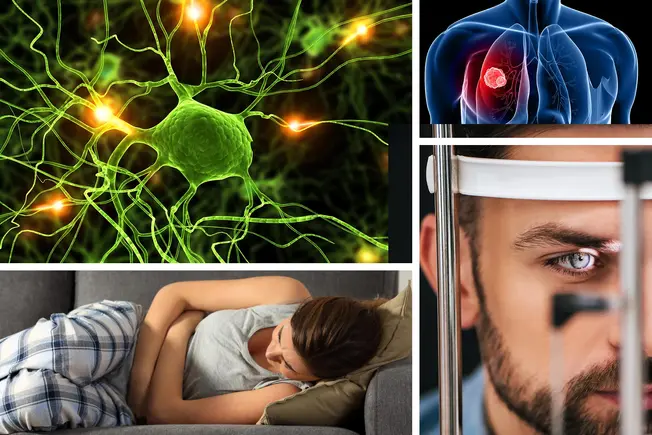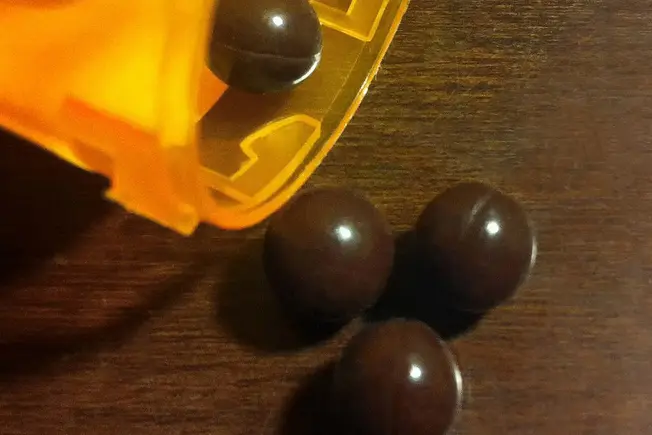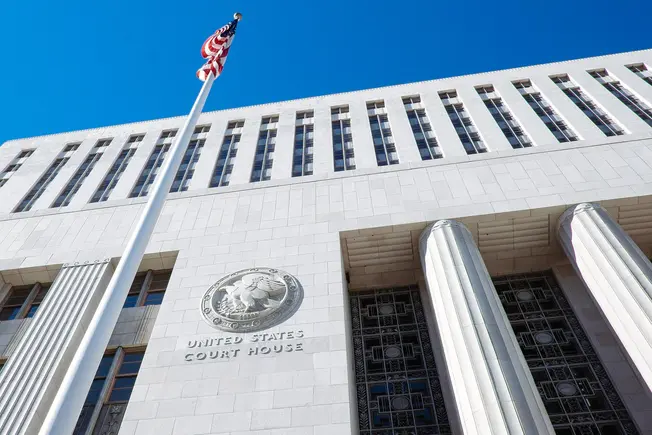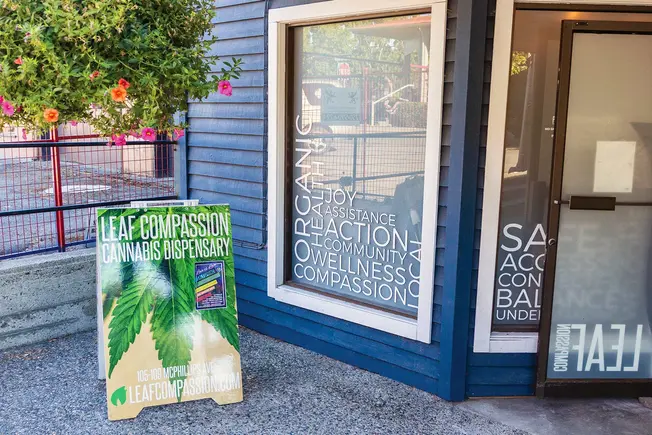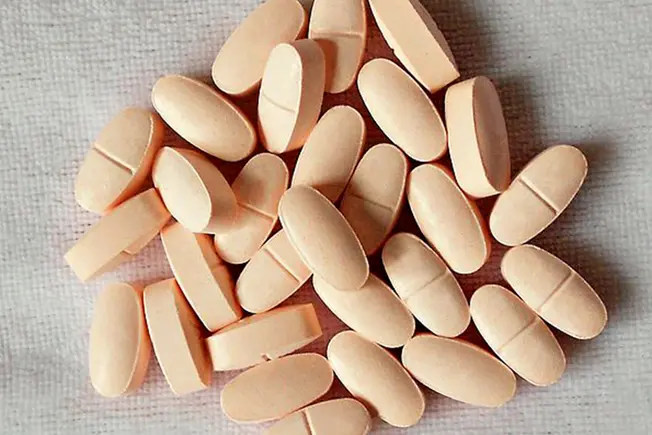Trial affirms benefit of single drug-combo pill compared with usual care in secondary prevention
Combining aspirin, an ACE inhibitor, and a statin into a single “polypill” improved cardiovascular outcomes in secondary prevention compared with prescribing the medications separately, the SECURE randomized trial showed.
The polypill reduced the primary composite risk of cardiovascular death, nonfatal type 1 MI, nonfatal ischemic stroke, and urgent revascularization by a relative 24% over usual care, with a rate of 9.5% versus 12.7%, respectively (P=0.02), reported Valentin Fuster, MD, PhD, of the Icahn School of Medicine at Mount Sinai in New York, during the European Society of Cardiology (ESC) Congress.
Looking at just the hard outcomes without revascularization likewise favored the polypill (8.2% vs 11.7%, HR 0.70, 95% CI 0.54-0.90).
“The use of a cardiovascular polypill as a substitute for several separate cardiovascular drugs could be an integral part of an effective secondary prevention strategy,” Fuster and colleagues wrote in their study, which was published simultaneously in the New England Journal of Medicine.
“By simplifying treatment complexity and improving availability, the use of a polypill is a widely applicable strategy to improve accessibility and adherence to treatment, thus decreasing the risk of recurrent disease and cardiovascular death,” they added.
The trial didn’t show much difference between groups in blood pressure or LDL cholesterol levels; rather, the researchers chalked the differences up to improved adherence leading to greater antiplatelet exposure, perhaps along with pleiotropic effects of statins and ACE inhibitors beyond those measures.
The trial was consistent with the propensity-matched NEPTUNO study, which showed a 27% reduction in major adverse cardiovascular event risk with a similar polypill in a secondary prevention setting, which was also attributed to higher medication persistence.
Moreover, the study’s results add to the evidence for the benefits of fixed-dose combo pills seen in primary prevention as well.
“There is a history here of 15 years,” noted Fuster at a press conference for the hotline trial session. The group first showed that adherence to medication after MI was a big problem, then showed in the FOCUS study that the polypill improved adherence. Fuster said that this advantage now translates into a “striking” clinical benefit.
Notably, the event curves began to separate for both the primary and key secondary endpoints right from the beginning and continued to do so at the median 3 years of follow-up in the trial, Fuster pointed out.
“I would like to emphasize one thing: that the impact of the data I presented is not different than the impact of aspirin,” he said. “We have in front of us something that could be simple and for countries middle-income and low-income, which is how we started the trial, it actually could be meaningful. But now the next step is we have to go to the agencies for approval.”
A combination pill with atorvastatin was approved for use in Europe but now it’s time to go to the FDA, he added.
Martha Gulati, MD, director of cardiovascular disease prevention at the Barbra Streisand Women’s Heart Center at Cedars-Sinai Heart Institute in Los Angeles, noted that the polypill wouldn’t just be useful in lower-income countries.
Access and cost are not just issues in the developing world, she argued, pointing to the less-than-perfect adherence achieved in the polypill group in the high-risk population studied.
High scores for adherence were seen at 6 months in 71% of the polypill group and 62.7% of usual care patients (risk ratio [RR] 1.13, 95% CI 1.06-1.20) and at 24 months in 74.1% and 63.2%, respectively (RR 1.17, 95% CI 1.10-1.25).
“That’s so telling, because you’ve had something that could kill you and is a pretty serious medical event and then people don’t take their medication,” Gulati noted. “A lot of patients who have had myocardial infarction, these are not the only drugs they’re on. They’re often on expensive antiplatelet agents, they may be on medications for diabetes, they might need more than just a statin eventually, they may need other lipid-lowering agents.”
“We put a great burden on our patients and a financial burden as well with every copay. So making it easy is something, to me, we should be interested in,” she said. “Even the generic drugmakers should have some interest in making it available.”
It’s really a public health problem, Fuster agreed. “People do not have adherence to what we know.”
The SECURE (Secondary Prevention of Cardiovascular Disease in the Elderly) trial included 2,499 patients ages 75 and older (or at least age 65 with an additional risk factor) who had type 1 MI in the prior 6 months.
They were randomized to treatment with a single daily pill containing aspirin (100 mg), ramipril (2.5, 5, or 10 mg), and atorvastatin (92% on 40 mg, and the rest on 20 mg based on patient history and blood test results) or usual care based on ESC guidelines.
Results were consistent across the countries where patients were enrolled (Spain, Italy, France, Germany, Poland, the Czech Republic, and Hungary), age (mean 76), sex (31% women), diabetes and kidney disease status, and prior revascularization.
“The trial results are broadly applicable to the general population,” Fuster’s group suggested, “especially considering that the average age at the time of a first myocardial infarction is now 65.6 years for men and 72.0 years for women, along with the high prevalence of diabetes mellitus, chronic kidney disease, and previous coronary artery disease in these patients.”
All patients were enrolled before the end of 2019 and followed for a median of 36 months, during which the COVID-19 pandemic likely kept some patients from trial visits.
Other limitations included a lack of adjustment for multiple comparisons of secondary outcomes, which made the lower cardiovascular death rate in the polypill group (3.9% vs 5.8%) only a hypothesis-generating finding.
Between COVID-19 and the 14% withdrawal rate, the trial enrolled fewer patients than planned and had a lower event rate than expected, dropping the statistical power for the primary endpoint below the anticipated 80% to a “rather limited” level, noted Louise Bowman, MBBS, of the University of Oxford in England, who served as the study discussant at the hotline trial session.
An extra 10 or so events would have tipped the results the other direction, she pointed out.
In addition, “there was no way to blind participants, but that instantly risks bias, especially when it comes to reporting outcomes and adherence, and probably affects willingness to attend study visits and have blood samples taken,” she added.
Bowman expressed surprise that the adherence didn’t decline much from 6 to 24 months. “There may be biases at play, perhaps the true difference is even greater … Samples might be obtained only from more adherent participants who are more able to attend clinics.”
Still, she agreed with Fuster that the early divergence in the event curves was very encouraging for a real impact.
“I would advise caution in overinterpretation, given the limitations,” she said. However, “I will leave you with a question to consider: Do we actually need a study of a polypill strategy in order to change practice? Or should we be asking if there are any good reasons why the polypill is not a good idea given everything we now know?”





